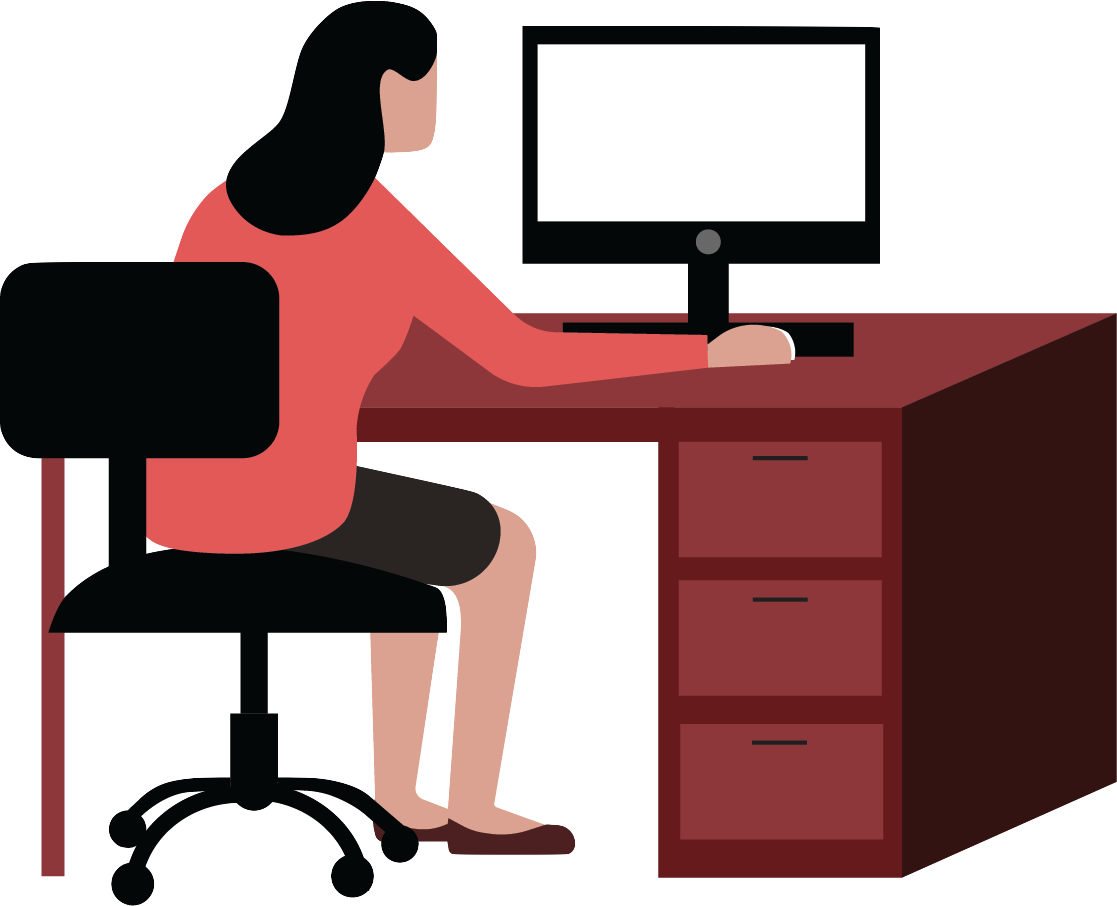When Professor Brannon Ingram chose to make his spring Introduction to Islam class completely asynchronous, it was mostly so that he and his Teaching Assistant (TA) could manage the class while caring for children during the pandemic. He soon realized that this teaching style of audio-only, pre-recorded lectures lessened the obligation for students to participate in discussions and show their video.
Online learning, made a necessity by the COVID-19 pandemic, raises questions about student privacy. Synchronous online learning often requires students to be visible and always available via Zoom, offering instructors and classmates a direct look into their homes and lives.
This quarter, Ingram opted for a hybrid style of asynchronous lectures and synchronous discussions led by TAs for his Introduction to Islam class and a fully synchronous style for his 13-student freshman seminar. Before deciding to make the seminar synchronous, Ingram made sure all 13 students would be able participate at the designated time. For these discussions, he does not require students to turn on their video on Zoom. Despite the switch from asynchronous to synchronous discussions this quarter, Ingram and his TAs continue to emphasize different modes of participation like Canvas discussion boards and provide alternatives for students in different time zones.
History professor Lina Britto says prioritizing student privacy in a time when it has become normalized to be visible and accessible is a key way for faculty to recognize and support students through systemic inequities that the pandemic has exacerbated.
“I’m very aware of the inequalities and differences among our student body, that students are not living under the same circumstances and conditions,” Britto says.
According to Britto, the pandemic has forced faculty and administration to address inequalities of class, race and gender within the student body.
“One thing we can do on a daily basis is incorporate that knowledge and that concern in our classes and in our pedagogy and let students decide for themselves how they’re going to engage in online teaching and learning,” Britto says.
Ingram placed a similar emphasis on allowing students autonomy as a matter of respect in a challenging time.
“I’m trying to respect my students as adults, who each have their own challenges and needs, and who are capable of being able to decide for themselves what they need to make it through this period,” Ingram says.
Weinberg third-year Meredith Ellison is taking The Politics of Disaster with Professor Lydia Barnett, who she says designed the class with student privacy, accessibility and equity as main priorities. This means a “blended” style of teaching, with pre-recorded lectures, quizzes and discussion boards twice a week and only one non-recorded synchronous review section on Tuesdays.
Ellison says she appreciates the transparency of this course design, which is structured in a way that makes it easy to follow along. Compared to some classes, where video is “encouraged” and the actual expectations are unclear, this class’s requirements are straightforward. While her decision to have video on comes down to what is happening in the background, she feels transparency from professors about expectations is essential.
Britto says that students have told her through email and office hour meetings that they don’t want to have their video on during class for a variety of reasons, such as personal, family, socioeconomic or connectivity issues. While most students did not specify their particular reasons, Britto felt that it wasn’t necessary for her to know them.
“In terms of the recording, I feel that goes along those lines with privacy and how comfortable you feel that your image, your voice, everything is going to be there online on Canvas,” Britto says. “So I do know that many students — I wouldn’t say the majority, but enough — feel very uneasy and not comfortable enough with being exposed and being in front of a camera, much less in a recording that is going to stay there for the rest of the academic year.”
The website of the Office of the Provost offers guidelines for professors on recording synchronous class content, noting that this is appropriate when shared only with students in the class and that professors should communicate to students when recording will occur, both in writing through the course syllabus and orally. They advise professors to give special consideration during student discussions and consider pausing recordings “in order to protect student privacy and eliminate the possibility that recording might stifle discussion, particularly if sensitive content is included in the discussion.”
Britto chooses to only record her lecture course on Music and Nation in Latin America because, aside from student questions, it is mostly her talking. In each class, she waits until every student is in the Zoom room before announcing the exact moment she begins recording. She chooses not to record her seminar class on Oral History and the Archives of Terror in Latin America, as it requires much more student involvement and deals with sensitive topics.
“It’s about violence; it’s about dictatorship; it’s about civil war and the historical evidence we have about systems of terror,” Britto says. “I want students to feel comfortable to talk about and voice their opinion without being recorded.”


